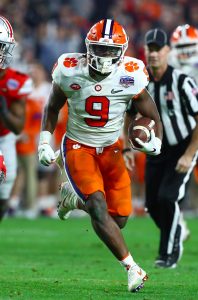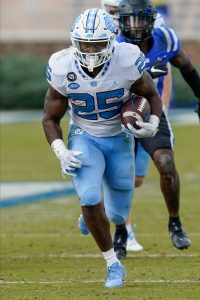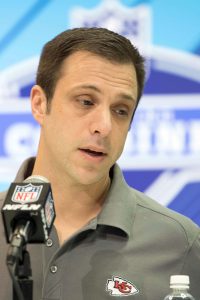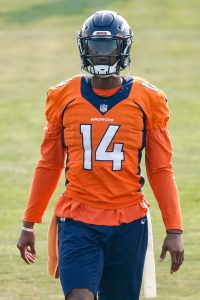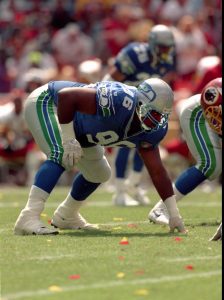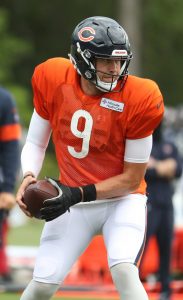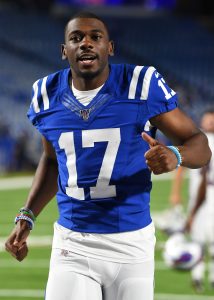Things move fast in today’s NFL and the old adage of “coaches are hired to be fired” has seemingly never been more true. For the most part, teams change their coaches like they change their underwear. 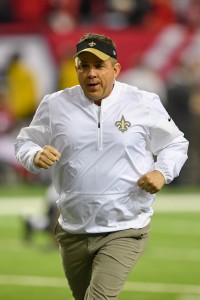
A head coach can take his team to the Super Bowl, or win the Super Bowl, or win multiple Super Bowls, but they’re never immune to scrutiny. Just ask Tom Coughlin, who captured his second ring with the Giants following the 2011 season, only to receive his pink slip after the 2015 campaign.
There are also exceptions like Bill Belichick, who just wrapped up his 21st season at the helm in New England. You’ll also see a few others on this list, but, for the most part, most of today’s NFL head coaches are relatively new to their respective clubs. And, history dictates that many of them will be elsewhere when we check in on this list in 2022.
Over one-third (12) of the NFL’s head coaches have coached no more than one season with their respective teams. Meanwhile, less than half (15) have been with their current clubs for more than three years. It seems like just yesterday that the Cardinals hired Kliff Kingsbury, right? It sort of was – Kingsbury signed on with the Cardinals in January of 2019. Today, he’s practically a veteran.
Here’s the list of the current head coaches in the NFL, ordered by tenure, along with their respective start dates:
- Bill Belichick (New England Patriots): January 27, 2000
- Sean Payton (New Orleans Saints): January 18, 2006
- Mike Tomlin (Pittsburgh Steelers): January 27, 2007
- John Harbaugh (Baltimore Ravens): January 19, 2008
- Pete Carroll (Seattle Seahawks): January 9, 2010
- Andy Reid (Kansas City Chiefs): January 4, 2013
- Mike Zimmer (Minnesota Vikings): January 15, 2014
- Sean McDermott (Buffalo Bills): January 11, 2017
- Sean McVay (Los Angeles Rams): January 12, 2017
- Kyle Shanahan (San Francisco 49ers): February 6, 2017
- Jon Gruden (Las Vegas Raiders): January 6, 2018
- Matt Nagy (Chicago Bears): January 7, 2018
- Mike Vrabel (Tennessee Titans): January 20, 2018
- Frank Reich (Indianapolis Colts): February 11, 2018
- Bruce Arians (Tampa Bay Buccaneers): January 8, 2019
- Kliff Kingsbury (Arizona Cardinals): January 8, 2019
- Matt LaFleur (Green Bay Packers): January 8, 2019
- Vic Fangio (Denver Broncos): January 10, 2019
- Brian Flores (Miami Dolphins): February 4, 2019
- Zac Taylor (Cincinnati Bengals): February 4, 2019
- Ron Rivera (Washington Football Team): January 1, 2020
- Matt Rhule (Carolina Panthers): January 7, 2020
- Mike McCarthy (Dallas Cowboys): January 7, 2020
- Joe Judge (New York Giants): January 8, 2020
- Kevin Stefanski (Cleveland Browns): January 13, 2020
- Urban Meyer (Jacksonville Jaguars): January 14, 2021
- Robert Saleh (New York Jets): January 15, 2021
- Arthur Smith (Atlanta Falcons): January 15, 2021
- Brandon Staley (Los Angeles Chargers): January 17, 2021
- Dan Campbell (Detroit Lions): January 20, 2021
- Nick Sirianni (Philadelphia Eagles): January 21, 2021
- David Culley (Houston Texans): January 28, 2021

